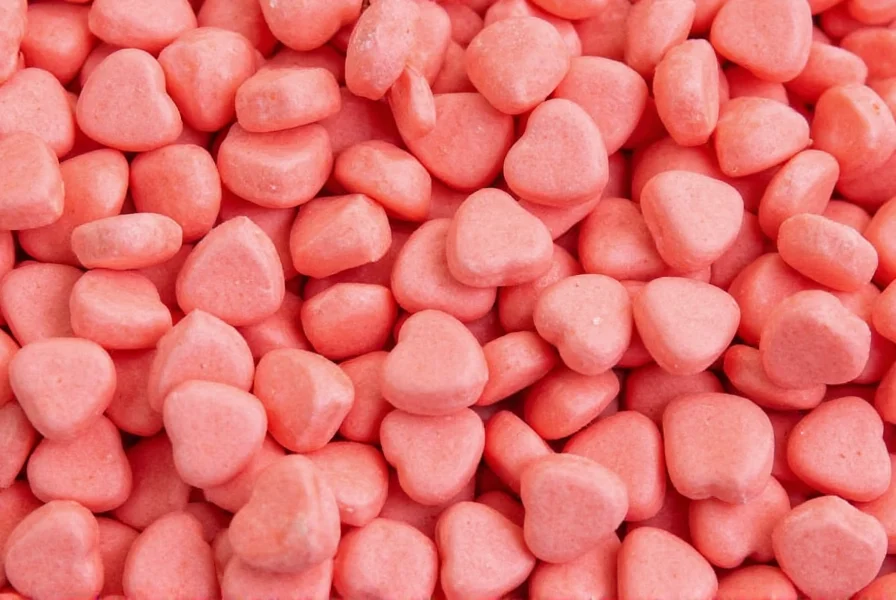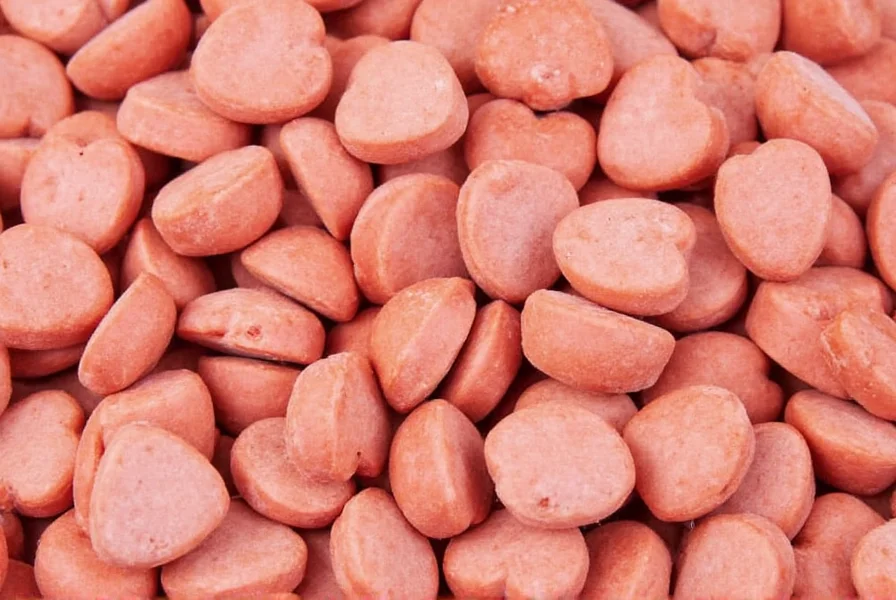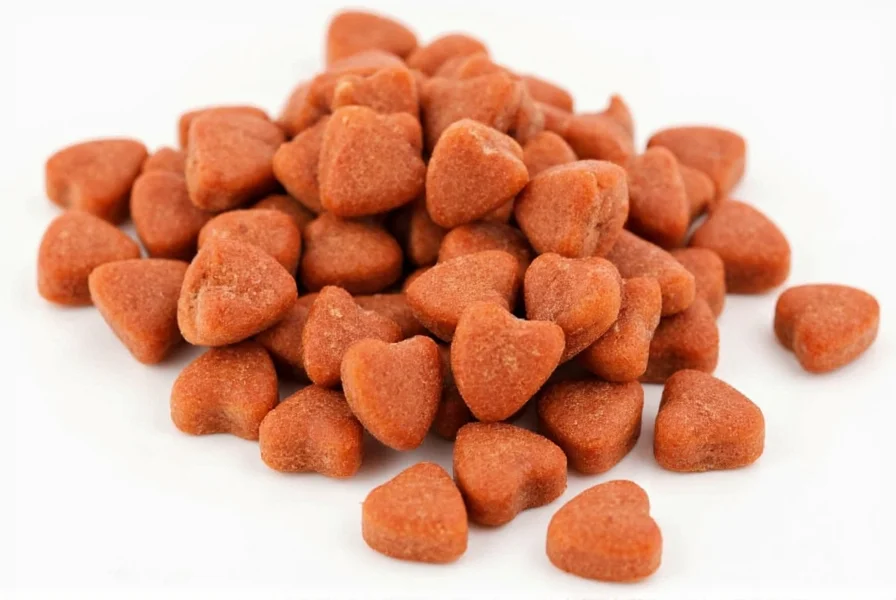Cinnamon hearts candy represents a beloved seasonal variation in the world of chewy confections. Unlike traditional cinnamon candies that often feature a hard shell, these heart-shaped treats offer a soft, pull-and-peel texture similar to Red Vines licorice twists but with a distinctive cinnamon flavor profile. The American Licorice Company produces the most widely recognized version under their Red Vines brand, making these candies particularly popular during Valentine's season while remaining available year-round in many markets.
History and Origins of Cinnamon Hearts Candy
The story of cinnamon hearts candy connects to the broader evolution of chewy confections in American candy culture. While traditional licorice twists date back to the early 20th century, the cinnamon-flavored heart-shaped variation emerged as a clever seasonal adaptation. Red Vines introduced their cinnamon hearts as a Valentine's Day alternative to chocolate, recognizing consumer demand for non-chocolate romantic treats. This strategic product development tapped into existing manufacturing processes for their pull-and-peel candies while creating a distinctive seasonal offering that has maintained popularity for decades.
Flavor Profile and Ingredient Composition
Understanding cinnamon hearts candy ingredients reveals why these treats deliver their characteristic taste experience. The primary components typically include corn syrup, sugar, modified food starch, citric acid, natural and artificial flavors, and red food coloring. The citric acid provides the initial sweet-tart sensation, while the cinnamon flavoring delivers the signature spicy finish. Unlike harder cinnamon candies that use cinnamon oil for intense heat, cinnamon hearts incorporate a more balanced cinnamon formulation that complements their soft texture.
| Key Ingredient | Function | Typical Percentage |
|---|---|---|
| Corn Syrup | Base sweetener and texture provider | 45-50% |
| Sugar | Additional sweetness and structure | 25-30% |
| Modified Food Starch | Creates chewy, pullable texture | 10-15% |
| Citric Acid | Provides initial tartness | 2-3% |
| Cinnamon Flavoring | Delivers signature spicy finish | 1-2% |
Manufacturing Process: How Cinnamon Hearts Are Made
The production of how cinnamon hearts candy is made involves specialized equipment that shapes the candy mixture into the distinctive heart forms. Manufacturers extrude the candy mixture through dies that create the heart shapes, then cool the pieces on conveyor belts before packaging. This process differs from traditional licorice production, which often involves twisting strands together. The heart shape requires precise temperature control during extrusion to maintain definition without losing structural integrity. Quality control measures ensure consistent flavor distribution and shape uniformity throughout each batch.

Seasonal Significance and Cultural Context
Cinnamon hearts candy has developed strong associations with Valentine's Day, offering a spicy alternative to traditional chocolate gifts. This connection makes Valentine's Day cinnamon candy options particularly relevant during February, though availability has expanded to year-round in many regions. The heart shape naturally aligns with romantic themes, while the cinnamon flavor provides a distinctive taste experience that stands out from more common sweet confections. Some communities have incorporated these candies into cultural celebrations beyond Valentine's Day, appreciating their bold flavor profile and nostalgic appeal.
Comparing Cinnamon Hearts to Similar Confections
When exploring Red Vines cinnamon hearts vs regular cinnamon candy, several key differences emerge. Unlike Hot Tamales or Red Hots which feature a hard shell and intense cinnamon burn, cinnamon hearts offer a gradual flavor release with their soft texture. The chewy consistency allows the cinnamon flavor to develop more slowly, creating a different sensory experience. Compared to traditional licorice twists, the cinnamon variety replaces anise flavoring with spice while maintaining the pull-and-peel characteristic. This unique combination of texture and flavor places cinnamon hearts in a distinctive category within the candy landscape.
Availability and Purchasing Options
Finding where to buy cinnamon hearts candy has become easier as their popularity has grown. Major grocery chains typically stock them in the candy aisle, especially around Valentine's Day. Convenience stores often carry single-serve packages, while warehouse clubs may offer bulk options. Online retailers provide year-round availability, which is particularly helpful outside the peak Valentine's season. When purchasing, check production dates as the soft texture means these candies have a shorter shelf life than harder cinnamon alternatives—typically 9-12 months from production.

Storage Recommendations and Shelf Life
Proper storage significantly impacts the enjoyment of cinnamon hearts candy. These chewy confections maintain optimal texture when stored in a cool, dry place away from direct sunlight. Exposure to heat can cause the pieces to stick together or lose their shape, while humidity may make them overly soft. For extended storage beyond three months, consider transferring the candies to an airtight container with a desiccant packet to preserve texture. Unlike hard candies that can last for years, the soft nature of cinnamon hearts means they're best consumed within 6-9 months of production for ideal flavor and texture.
Consumer Preferences and Market Trends
Market analysis shows growing interest in spicy candy alternatives for Valentine's Day, with cinnamon hearts capturing a loyal following. Consumer surveys indicate that approximately 65% of purchasers choose these candies specifically as a non-chocolate gift option, while 30% buy them for personal enjoyment of the unique sweet-spicy combination. The candy industry has responded to this demand by expanding flavor variations, though the original cinnamon heart remains the most popular. This trend reflects broader consumer interest in distinctive flavor experiences beyond traditional sweet confections.
Conclusion
Cinnamon hearts candy occupies a unique space in the confectionery world, offering a distinctive combination of shape, texture, and flavor that has captured consumer interest for decades. Its seasonal association with Valentine's Day has expanded into year-round availability as demand grows for this sweet-spicy treat. Understanding the manufacturing process, ingredient composition, and proper storage helps consumers fully appreciate what makes these heart-shaped candies special. Whether enjoyed as a nostalgic treat or discovered as a new flavor experience, cinnamon hearts provide a memorable alternative to more conventional candy options.











 浙公网安备
33010002000092号
浙公网安备
33010002000092号 浙B2-20120091-4
浙B2-20120091-4